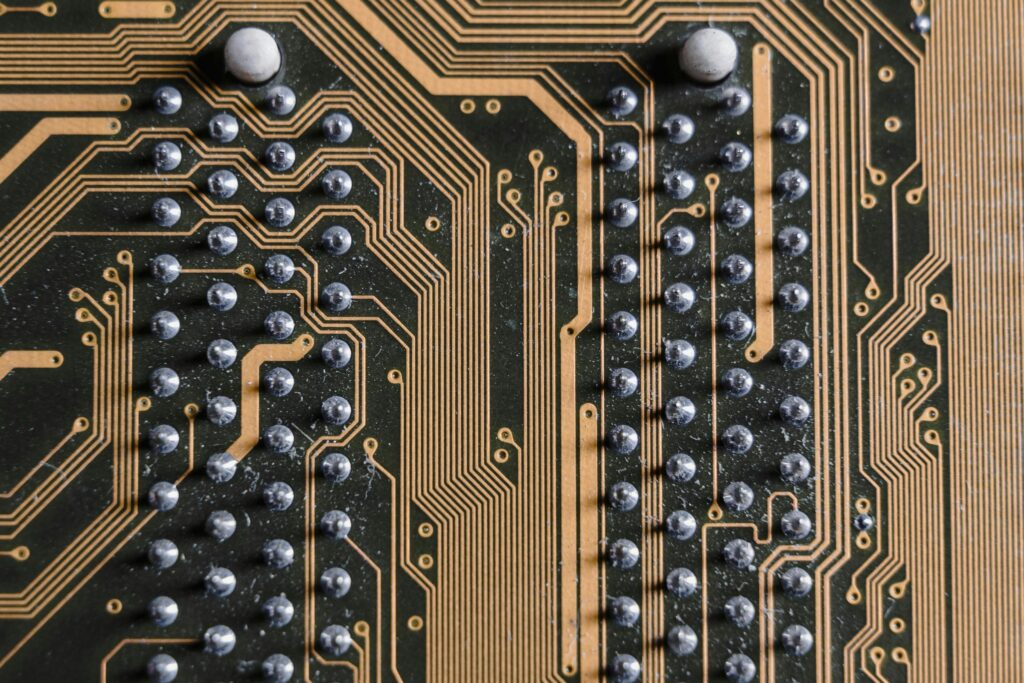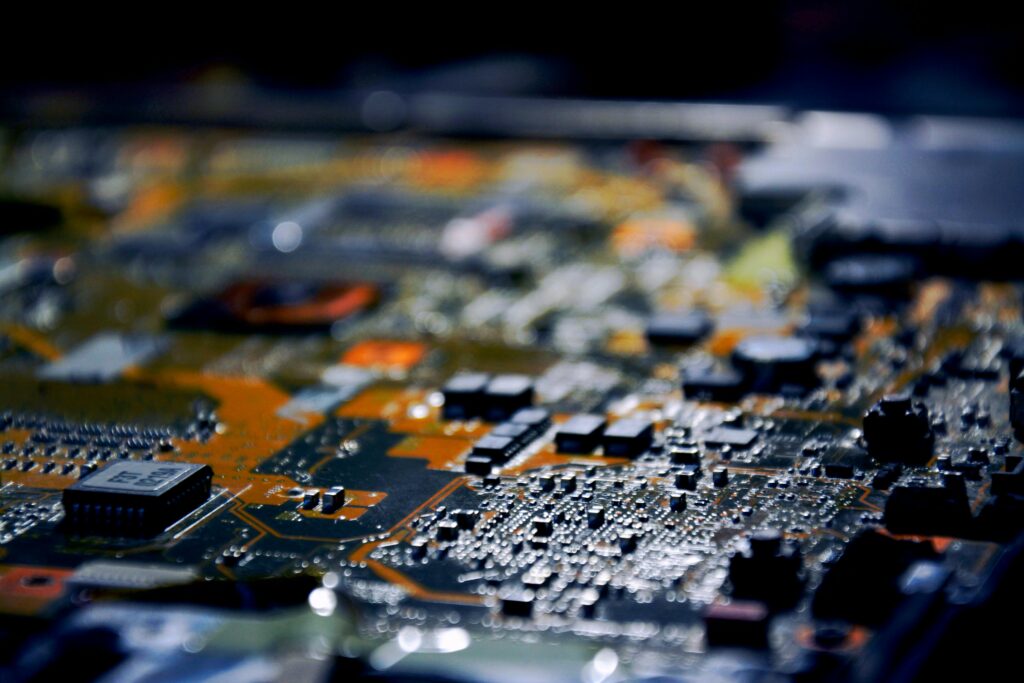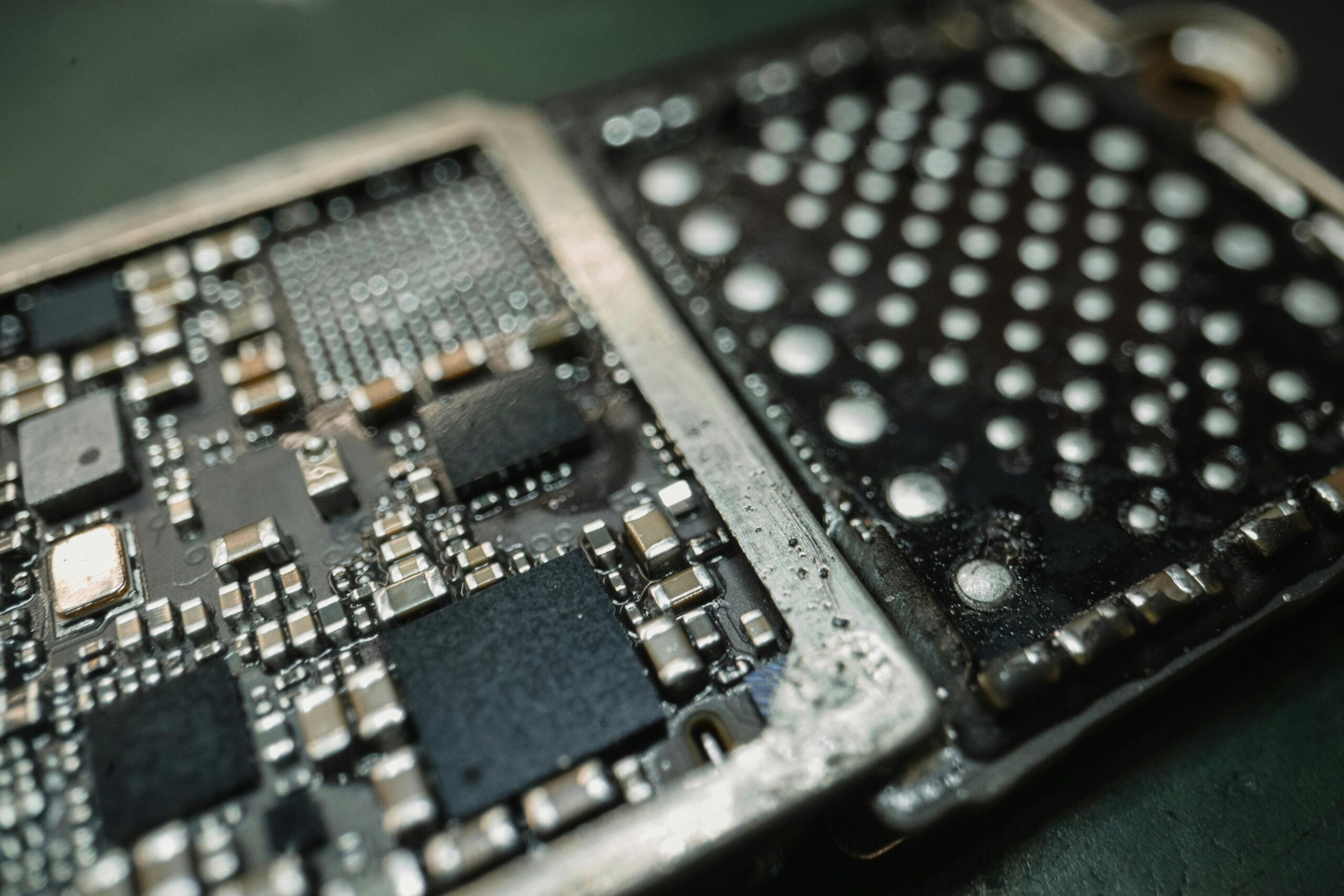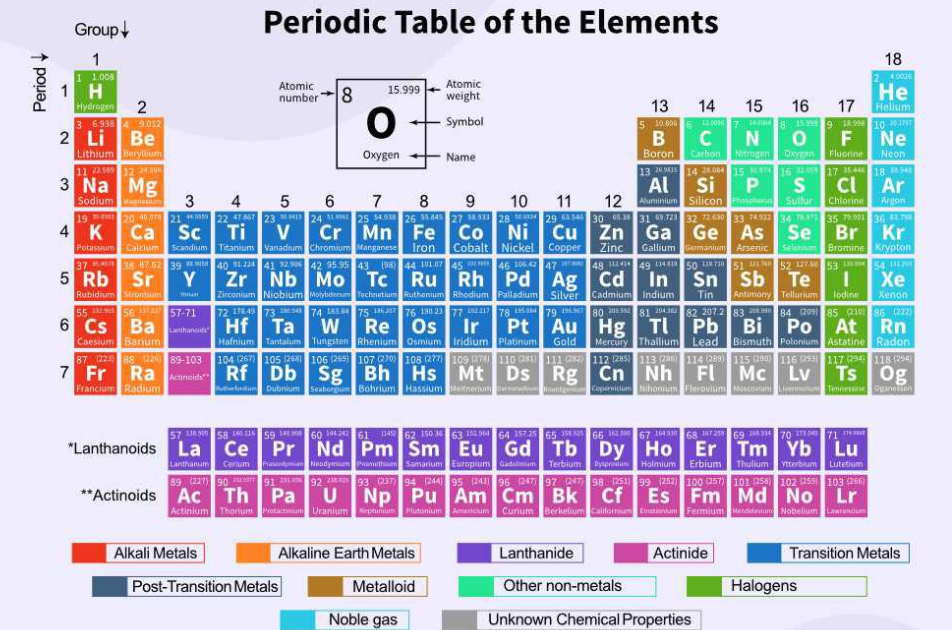Introduction:
The Nanotechnology—it sounds futuristic, doesn’t it? But this field is already shaping the world around us in ways we often overlook. Simply put, nanotechnology involves manipulating matter at the atomic and molecular level, often working with particles as small as one-billionth of a meter. The impact of this tiny science is enormous, influencing everything from medicine to computing, and even the food we eat.
What is Nanotechnology?

The Nanotechnology refers to the science and engineering of creating materials and devices at a nanoscale level, typically between 1 to 100 nanometers. To put it into perspective, a human hair is approximately 80,000 nanometers wide! This technology enables us to design structures and systems with extraordinary precision.
Historical Background
The roots of The Nanotechnology can be traced back to Richard Feynman’s famous 1959 lecture, “There’s Plenty of Room at the Bottom.” Later, in the 1980s, advances in tools like the Scanning Tunneling Microscope (STM) gave scientists the ability to manipulate atoms, sparking a revolution in the field.
Understanding Nanotechnology
1.The Nanoscale:Imagine shrinking a tennis ball to the size of a molecule—that’s the nanoscale world. Here, materials exhibit unique properties, like increased strength, enhanced electrical conductivity, or improved chemical reactivity.
2.Core Principles of Nanotechnology:At the heart of nanotechnology lies the ability to manipulate atoms and molecules. Quantum mechanics plays a significant role here, as particles at the nanoscale behave differently from their macroscopic counterparts, enabling groundbreaking applications.
READ MORE: DIMENSIONS
Applications of The Nanotechnology

1.Medicine and Healthcare
Nanotechnology is revolutionizing healthcare. From nanoparticles that deliver drugs directly to cancer cells to nanosensors that detect diseases at an early stage, the possibilities are endless. Imagine a future where surgeries are performed by nanobots—sounds like science fiction, but we’re getting closer.
2.Electronics and Computing
Ever wondered how your smartphone gets smarter every year? Thanks to nanotechnology, we have ultra-thin, energy-efficient nanochips powering modern devices. Flexible electronics, which can bend and stretch, are also becoming a reality.
3.Energy Sector
The quest for sustainable energy gets a boost from nanotechnology. Solar panels with nanomaterials are more efficient at converting sunlight into electricity. Similarly, nanotechnology is enhancing energy storage, paving the way for longer-lasting batteries.
4.Environmental Impact
Nanotechnology helps us tackle pollution by creating materials that can absorb harmful substances. In water purification, nanofilters remove contaminants with unmatched precision, ensuring access to clean water worldwide.
5.Agriculture and Food Industry
Nanotechnology improves crop yields through smart delivery of nutrients and pesticides. In food packaging, nanomaterials extend shelf life, reducing waste and improving safety.
Advancements in Nanotechnology
1.Nanomaterials
Materials like carbon nanotubes and graphene are redefining strength and conductivity. These nanomaterials are lighter and stronger than steel, making them ideal for everything from aircraft to medical devices.
2.Nano-Manufacturing
3D printing is cool, but imagine printing at the nanoscale. Nano-manufacturing allows for the creation of self-assembling materials, opening doors to innovations we can barely imagine today.
Challenges and Concerns
1.Ethical Considerations
With great power comes great responsibility. Nanotechnology raises questions about privacy and equity. Who controls the data collected by nanosensors? Will this technology widen the gap between rich and poor?
2.Health and Safety Risks
While nanotechnology has immense potential, its long-term effects on human health and the environment remain uncertain. For instance, nanoparticles might be toxic if mishandled or improperly disposed of.
Future of Nanotechnology
1.Emerging Trends
The future looks bright—and tiny. Trends like nanobots capable of repairing damaged cells or smart materials that adapt to their surroundings are at the forefront of research.
2.Potential Impact on Society
Nanotechnology could redefine how we live, from curing diseases to building smart cities. Experts predict its transformative impact will only grow in the coming decades, reshaping industries and improving lives.
Conclusion
The Nanotechnology is a game-changer, bridging science fiction and reality. From healthcare to sustainability, its applications are vast and profound. As we explore this tiny world, we must also tread carefully, addressing the ethical and safety challenges it poses.











